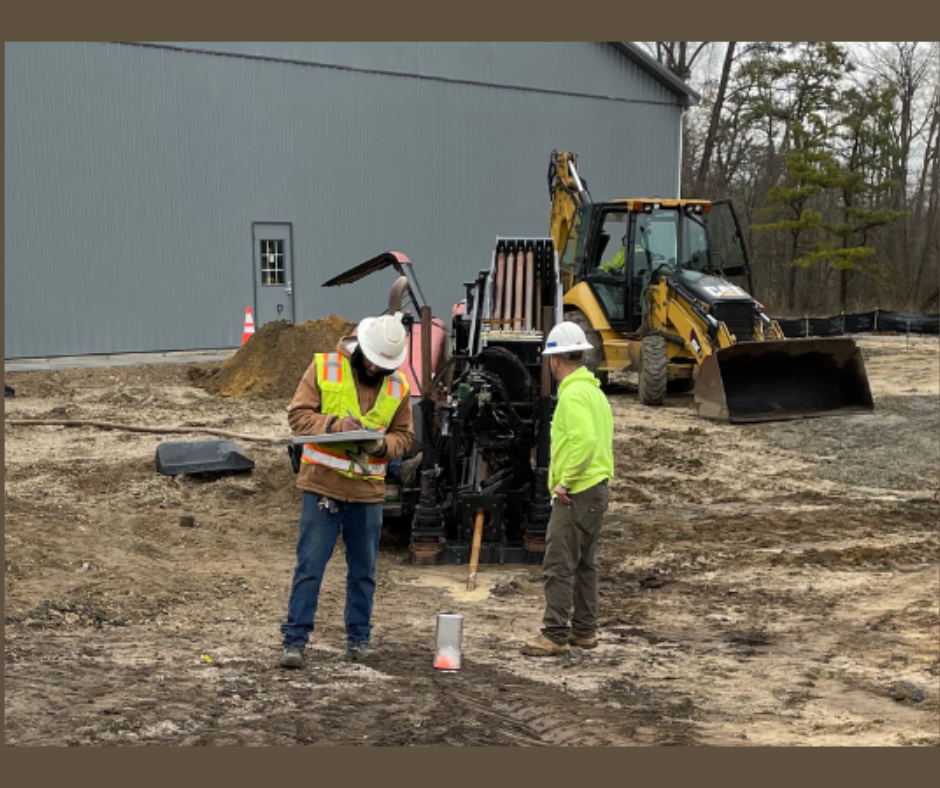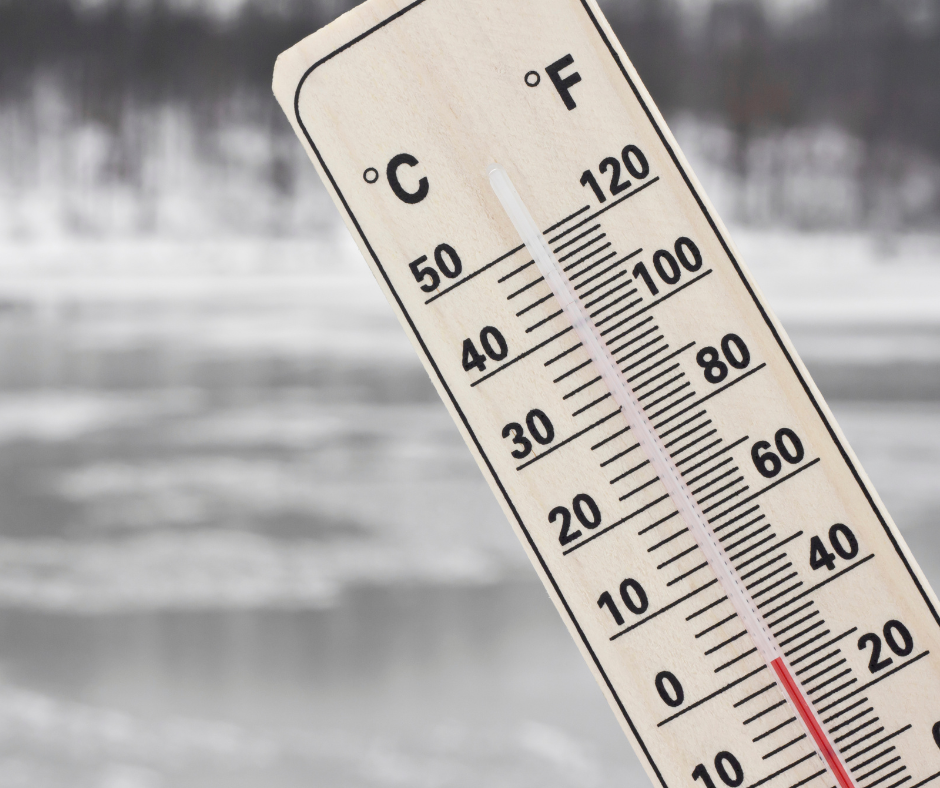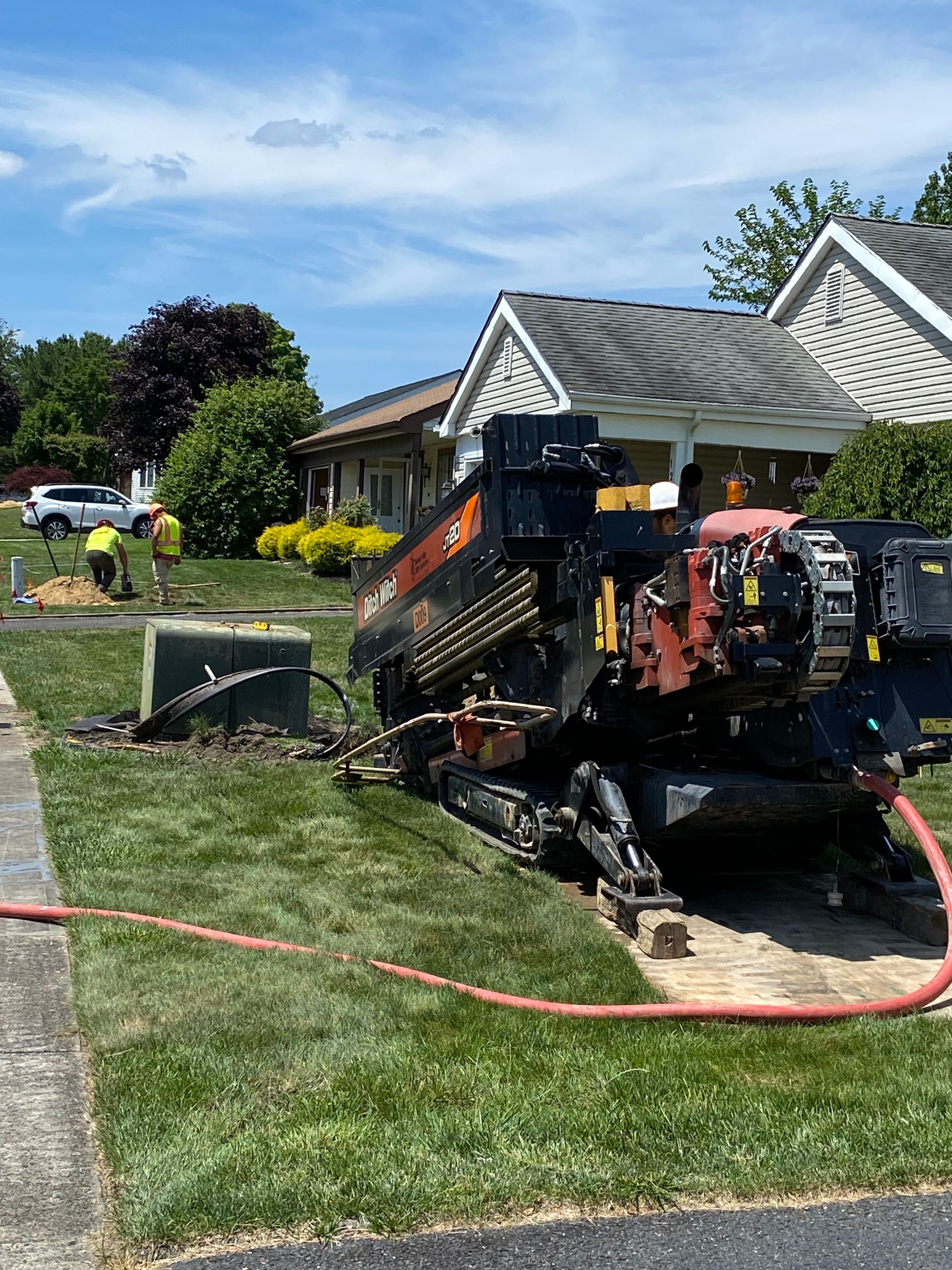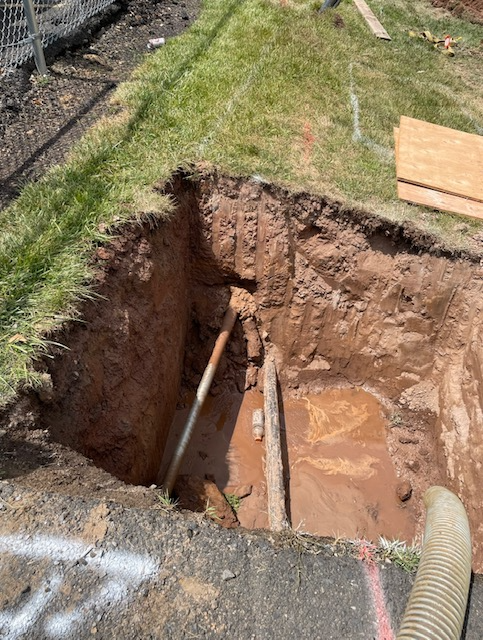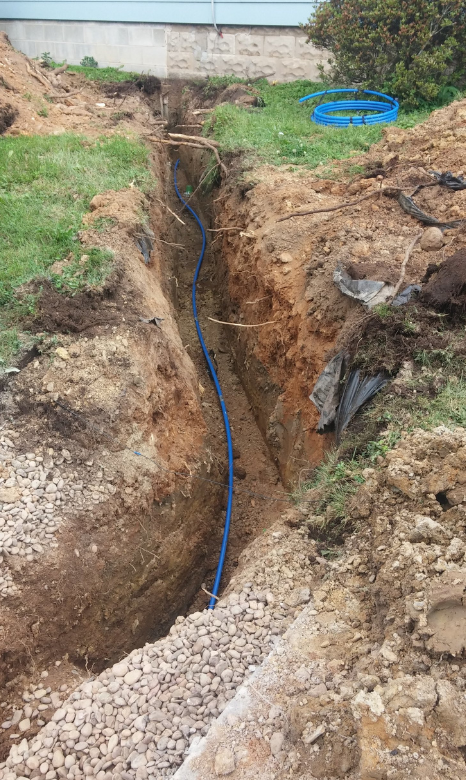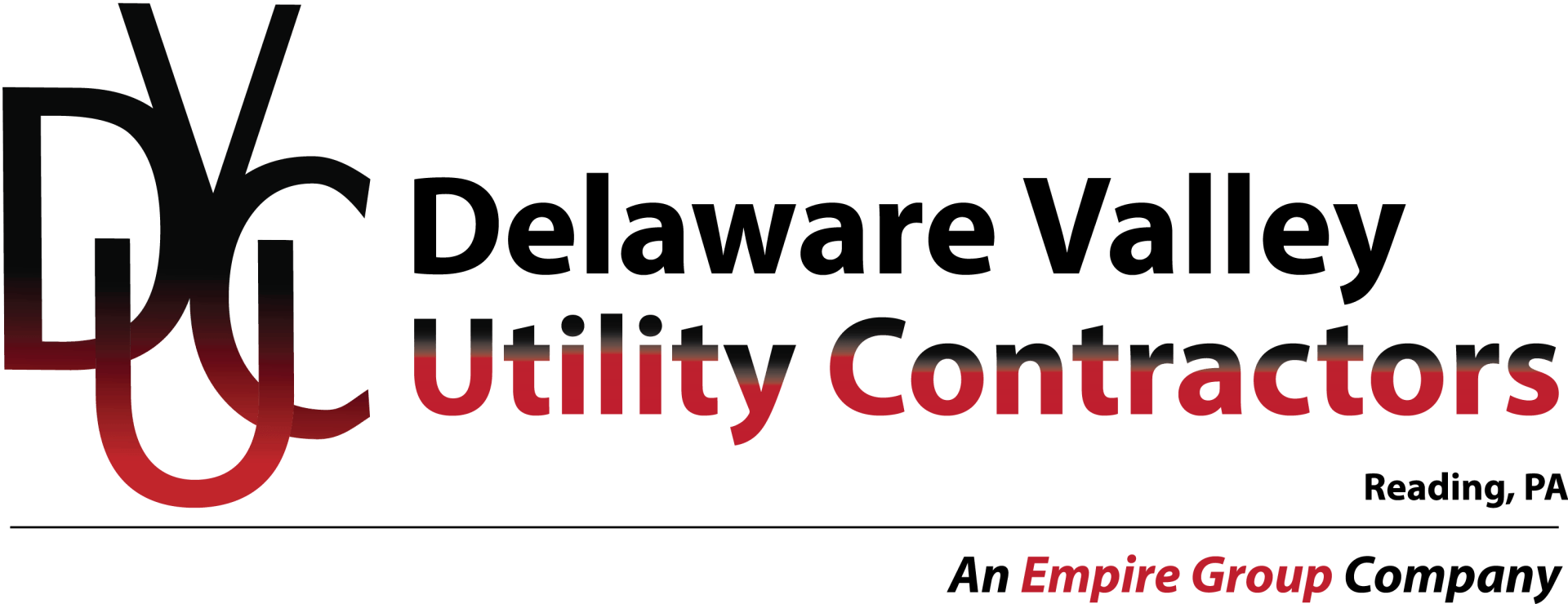Vacuum Excavation: Revolutionizing Safety and Efficiency in Today’s Utility Industry
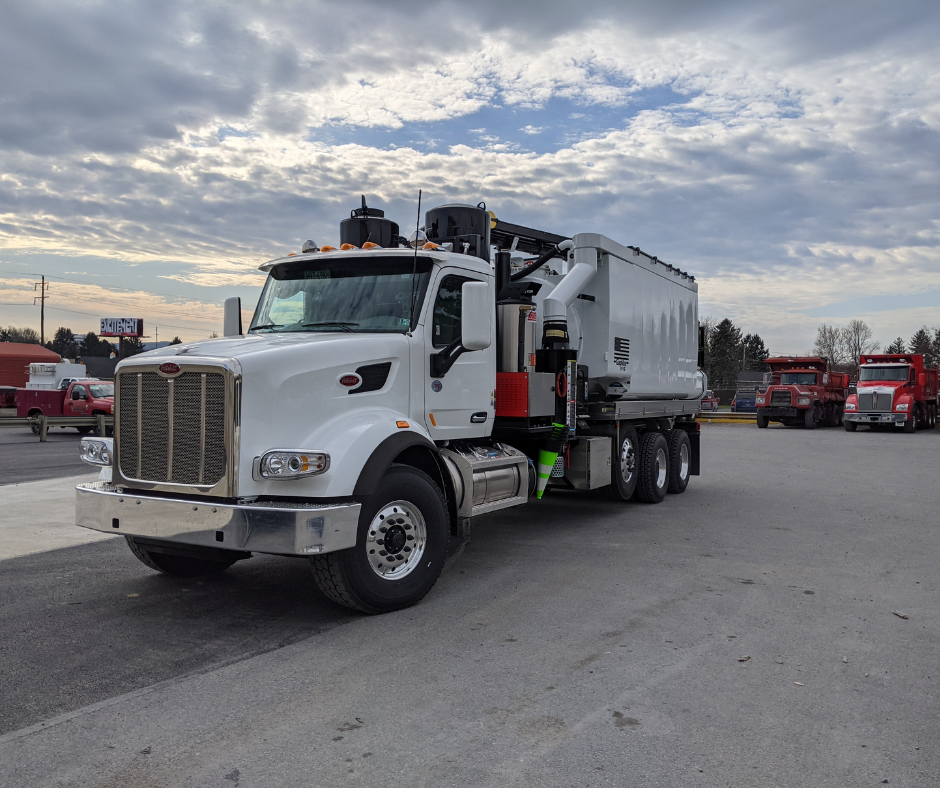
In the ever-evolving landscape of the utility industry, safety, precision, and environmental responsibility are more important than ever. One technology making a significant impact is vacuum excavation—a non-destructive digging method that's reshaping how utility companies approach excavation work.
Whether you're a project manager, utility contractor, or municipal decision-maker, understanding vacuum excavation’s benefits can help you improve operational efficiency, reduce risk, and stay compliant with modern regulations.
What Is Vacuum Excavation?
Vacuum excavation, also known as soft digging or hydro excavation, is a trenching method that uses high-pressure air or water to loosen soil, which is then removed via a powerful vacuum system. This exposes underground utilities without causing damage to pipes, cables, or surrounding infrastructure.
The process typically involves two main techniques:
- Hydro excavation: Uses pressurized water to break up soil.
- Air excavation: Uses compressed air, ideal for dry or sensitive environments.
Why Vacuum Excavation Is Gaining Ground in the Utility Sector
The utility industry is no stranger to underground risks. From gas lines to fiber optics, a single misstep can lead to costly damage, service outages, or even injury. Here's why vacuum excavation is becoming the go-to solution:
1. Enhanced Safety
Traditional digging methods like backhoes and manual trenching increase the risk of damaging underground utilities. Vacuum excavation is minimally invasive, drastically reducing the chance of utility strikes. This translates to fewer accidents, lower liability, and improved public safety.
2. Regulatory Compliance
With stricter regulations around safe digging and utility locating, vacuum excavation supports compliance with standards such as OSHA and 811 Call Before You Dig. Many municipalities now mandate soft digging near critical infrastructure.
3. Precision and Efficiency
Vacuum excavation allows for surgical precision, making it ideal for tight urban environments or areas with congested underground networks. Crews can quickly expose only the necessary sections, speeding up the job without compromising accuracy.
4. Environmental Responsibility
Because it disturbs less soil and reduces the need for large-scale site restoration, vacuum excavation is considered more environmentally friendly than traditional methods. It also reduces sediment runoff and minimizes landscape damage.
5. Cost Savings Over Time
While the upfront cost of vacuum excavation equipment may seem high, the reduction in utility strikes, insurance claims, and project delays more than offsets the investment. In fact, studies show that non-destructive digging methods can reduce overall project costs by up to 30%.
Applications Across the Utility Industry
Vacuum excavation is versatile and widely used in sectors such as:
- Telecom: Safe exposure of fiber optic lines during installation or repairs.
- Gas and Energy: Non-invasive digging near volatile gas lines.
- Water and Sewer: Accessing buried pipelines without flooding or trench collapse.
- Municipal Projects: Potholing and daylighting in urban infrastructure upgrades.
Smart Digging with Smart Data
As utility networks become smarter and more complex, the need for digital mapping, subsurface utility engineering (SUE), and precision excavation continues to grow. Vacuum excavation plays a vital role in this trend, often working together with GIS data, ground-penetrating radar (GPR), and lidar technologies to support intelligent asset management.
Vacuum excavation is more than just a safer alternative to traditional digging—it's a smarter, faster, and more sustainable way to support the utility industry's modern demands. At DVUC, our experienced team utilizes vacuum excavation to access hard-to-reach areas quickly and safely for a successful project. Contact us today to learn how your project will benefit from our vacuum excavation services.
